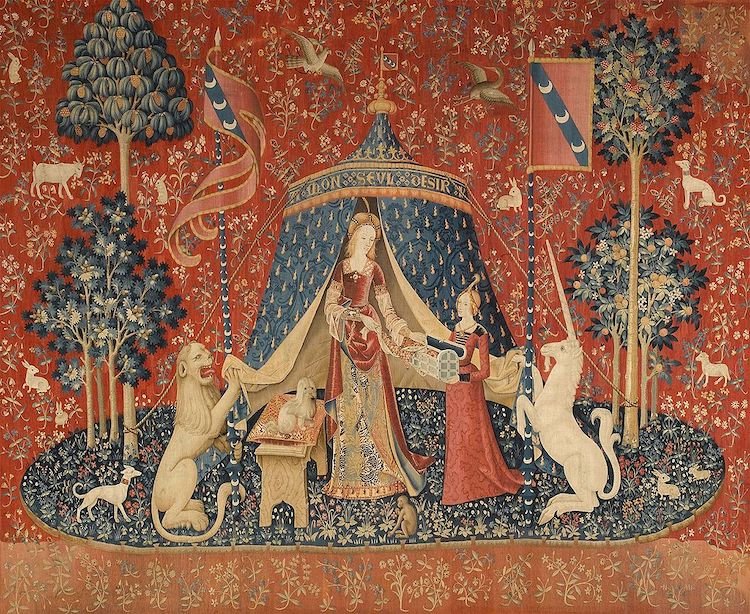Tapestry designs often hold deep meanings and symbolize various aspects of culture, history, and personal expression. By exploring the symbolism behind famous tapestry designs, we gain insight into the messages woven into these intricate artworks. This guide delves into the rich symbolism of renowned tapestries and their historical significance.
The Bayeux Tapestry
One of the most famous tapestries in history is the Bayeux Tapestry. Created in the 11th century, it depicts the events leading up to the Norman Conquest of England. The tapestry is renowned for its detailed storytelling and historical accuracy.
Symbolism: The Bayeux Tapestry symbolizes the power dynamics of medieval Europe. It illustrates the Battle of Hastings and the defeat of Harold Godwinson by William the Conqueror. The imagery of soldiers, horses, and significant events represents the shifting power structure and the impact of conquest on English history.
The Unicorn Tapestries
The Unicorn Tapestries, a set of seven tapestries from the late 15th century, are celebrated for their elaborate depiction of unicorns and their symbolic meanings. The tapestries are often associated with the hunt for the mythical unicorn.
Symbolism: Unicorns in these tapestries symbolize purity, innocence, and the quest for spiritual enlightenment. The hunt represents the search for truth and the challenges faced in achieving it. The intricate designs and lush landscapes further emphasize the themes of beauty and mystery.
The Lady and the Unicorn Tapestries
Dating from the late 15th century, the Lady and the Unicorn tapestries are a set of six tapestries featuring a noble lady with a unicorn. Each tapestry is associated with one of the five senses and a sixth sense, often interpreted as love or understanding.
Symbolism: Each tapestry symbolizes a different aspect of human experience and sensory perception. For instance, the tapestry representing “Taste” depicts the lady eating a piece of fruit, while “Sight” shows her looking into a mirror. The unicorn’s presence throughout symbolizes purity and idealism, with the sixth tapestry suggesting a deeper, more spiritual sense.
The Persepolis Tapestries
The Persepolis Tapestries, discovered at the ancient site of Persepolis in Iran, date back to the Achaemenid Empire. These tapestries are notable for their depiction of royal court life and ceremonial events.
Symbolism: The Persepolis Tapestries reflect the grandeur and opulence of the Achaemenid Empire. The imagery of elaborate court scenes, exotic animals, and intricate patterns symbolizes the power and sophistication of the Persian rulers. The tapestries serve as a visual record of the empire’s cultural and political significance.

The Hunt of the Unicorn Tapestries
Another set of famous tapestries, The Hunt of the Unicorn, consists of seven tapestries that portray a unicorn hunt. The series is set in a lush, fantastical landscape and features detailed and vibrant imagery.
Symbolism: The unicorn hunt represents the pursuit of the unattainable or the divine. The unicorn itself symbolizes purity and grace, while the hunt can be seen as a metaphor for the human quest for spiritual and moral perfection. The tapestries also reflect the Renaissance interest in nature and allegory.
The Significance of Symbolism in Tapestries
Understanding the symbolism in tapestries allows us to appreciate their deeper meanings and cultural contexts. Tapestries often serve as historical documents, reflecting the values, beliefs, and artistic styles of their times. They also provide insight into the societal and religious themes prevalent during their creation.
Conclusion
Famous tapestries are more than just decorative pieces; they are rich with symbolism and historical significance. By exploring the messages woven into these artworks, we gain a deeper appreciation for their artistic and cultural value. Each tapestry tells a story and reflects the worldview of its creators, making them invaluable treasures in the study of art and history.











